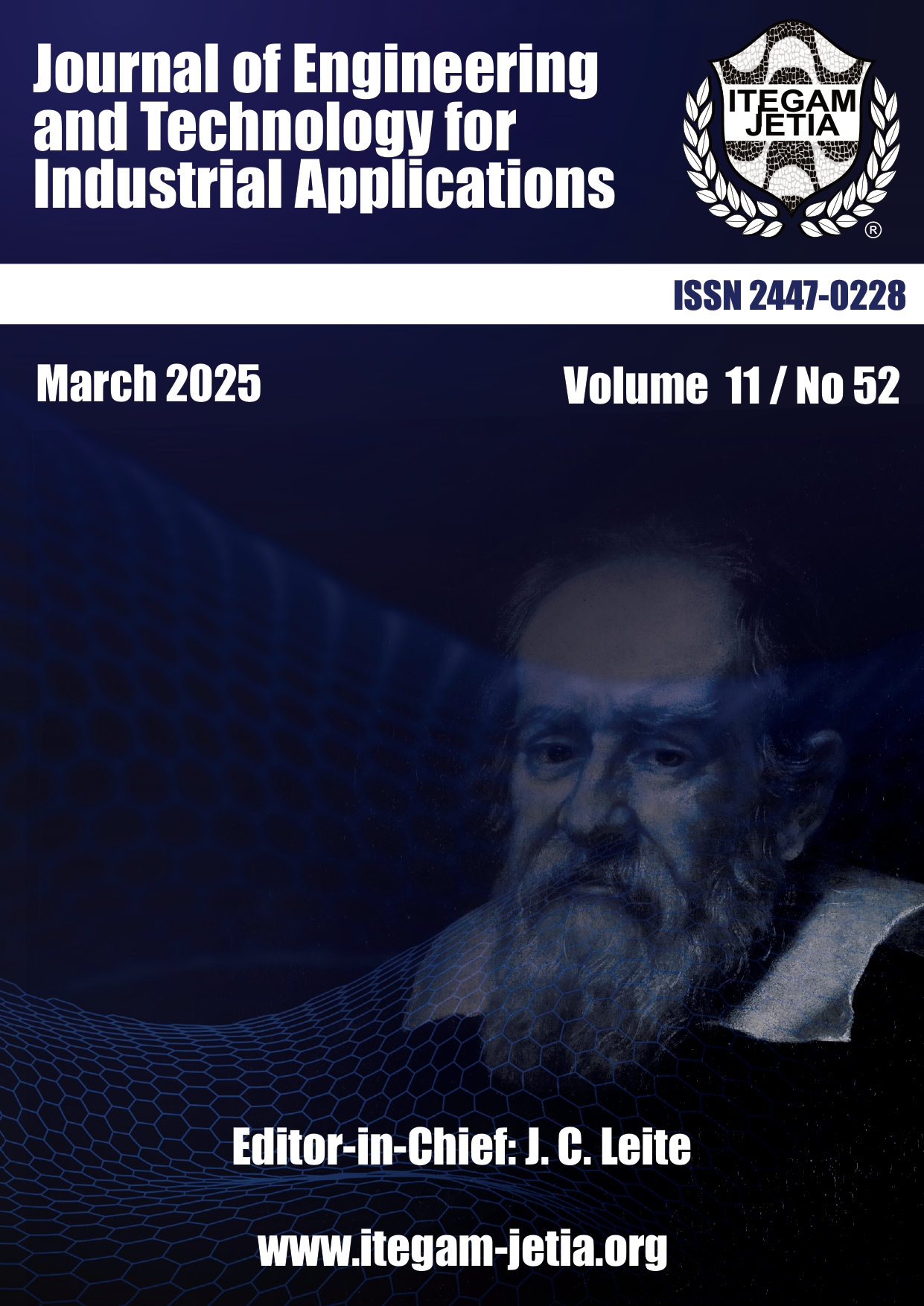Improving inverter efficiency for electric vehicles: Experimental validation of the neural network-based SHE technique using RT-LAB
Abstract
Inverters are essential for converting direct current to alternating current in electric vehicles, relying on pulse width modulation (PWM) for efficiency. This study presents a real-time Selective Harmonic Elimination PWM (SHE-PWM) algorithm using artificial neural networks, validated with the OP5600 RT LAB simulator. Unlike the traditional Newton-Raphson method, this approach employs a neural network trained on a database of pre-calculated switching angles, allowing for the precise elimination of specific harmonics while maintaining control of the signal’s fundamental component. Although it offers similar accuracy to Newton-Raphson, the neural method provides significantly faster processing. MATLAB/Simulink simulations and experimental results on the RT-LAB simulator confirm the algorithm’s capability to calculate optimal switching angles and produce high-performance PWM waveforms. The study highlights the neural network-based SHE technique's advantages, including its ability to model complex systems, robustness to noisy data, and versatility. This approach improves inverter performance and offers new optimization possibilities for various applications, including electric vehicles. The simulator results validate the alignment of real and simulated control signals.
Downloads
Copyright (c) 2025 ITEGAM-JETIA

This work is licensed under a Creative Commons Attribution 4.0 International License.











